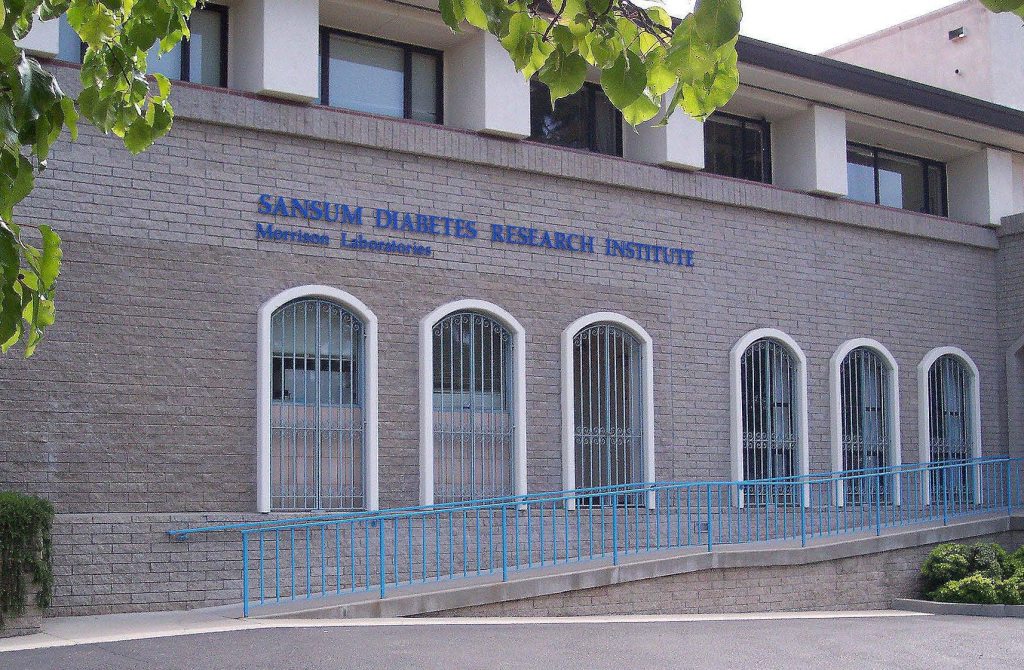Nearly 10 percent of Americans are diabetic, making for an urgent epidemic that may have deeper causes than diet or genes. To determine whether pollution exposure increases diabetes risk, Sansum Diabetes Research Institute (SDRI) announced a year-long collaboration with UCSB’s Bren School of Environmental Science & Management on May 1. Beginning this spring a group of four master’s students in consultation with researchers at SDRI will study pollution and diabetes risk, and also if disadvantaged communities are impacted disproportionately.
SDRI has also partnered with Groundswell Technologies, which will implement sensors that can identify pollution concentrations and other relevant causal relationships. Director of Research and Innovation at SDRI, Dr. David Kerr, stated, “This is going to have a global impact, beginning here in Santa Barbara.”
The project will combine pre-existing data sets on diabetes, pollution exposure, and race/ethnicity from Santa Barbara County with the goal of developing an effective risk-screening tool. In addition to analyzing existing data, the graduate team strives to mitigate environmental risks that might cause communities to have higher chances of diabetes. Bren team project manager Hope Cupples said, “Studies, like this one, could eventually impact policy and legislation. This project is at the nexus of public health and environmentalism.”
Bren School’s focus is “to solve environmental problems through interdisciplinary collaboration,” and SDRI was founded by William Sansum, the first American physician to produce and administer insulin.

